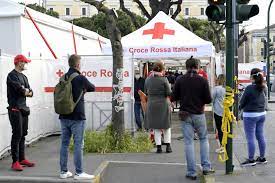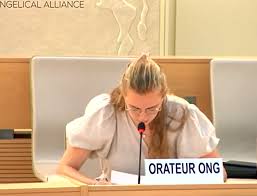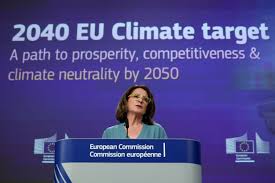Covid-19 vaccination among migrants in Rome, Italy

Rome: Migrants may be susceptible to vaccine barriers and hesitancy. We evaluated the association between migrant status, as measured by the citizenship from a High Migratory Pressure Country (HMPC), and COVID-19 vaccination uptake in the resident population in Rome, Italy. We also investigated sex differences. We followed participants for vaccination against COVID-19 in 2021. We calculated crude- and adjusted-vaccination rates and Cox hazard ratios of vaccination for migrants compared to Italians. Among migrants from HMPCs, we estimated HRs for females compared to males, stratifying by geographical area of origin. Models were adjusted for age and deprivation index and stratified by infection history. In 2021, among 1,731,832 18–64-year-olds, migrants were 55% less likely to uptake at least one COVID-19 vaccine dose than their Italian counterpart. Past SARS-CoV-2 infection reduced the difference between migrants and Italians to 27%. Among migrants from HMPCs, we observed a slight excess of vaccination uptake among females compared to males. Focusing on geographical areas, we observed that only females from central-western Asia were 9% less likely to uptake vaccination than males. Health communication strategies oriented to migrants and considering their different languages, cultures, and health literacy should be adopted for prevention before emergencies.
There is evidence that some refugees and migrants in Europe may be susceptible to vaccine barriers and hesitancy1,2, and that they have lower immunization rates compared to European-born individuals3. In an Italian multi-centre retrospective cohort study, lower paediatric vaccination coverage was observed for children born to mothers from HMPCs compared to Italy plus Advanced Developed Countries in Rome4. Studies based on vaccination registers, integrated with other variables on the migrant-status and possibly with socio-demographic information, would help to produce evidence-based results on disparities of vaccination uptake among migrants and refugees, supporting decisions on interventions to increase their access to vaccination uptake, following with the statement published by the Committee on Bioethics of the Council of Europe: “COVID-19 and vaccines: Ensuring equitable access to vaccination during the current and future pandemics”5.
Low vaccination uptake among migrants is striking as there is evidence that this population has been primarily affected by the COVID-19 pandemic in many countries. In a review conducted in 2020, migrants in high-income countries have been found to be at high risk of exposure to and infection with COVID-196. Multicentric Italian studies have documented the impact of the pandemic on migrants: compared to Italians, migrants have had higher overall and intensive care unit hospitalization rates7, as well as higher incidence and mortality, but only in some phases of the pandemic8,9. Other Italian studies found higher hospitalization and mortality among non-Italian nationals with COVID-1910,11, a much higher proportion of not vaccinated in foreign-born (25.4%) than in Italian-born (9.0%)12, and a three-fold COVID-19 adjusted vaccination coverage among Italians plus foreigners from Advanced Developed Countries compared to HMPCs13. In Rome, there is a high percentage of foreign residents (13.3%)14, in particular migrants coming from HMPCs, which are the most prevalent and disadvantaged component of the foreign population, deserving attention from a public health perspective. Therefore, to add evidence on COVID-19 vaccination uptake among migrants, in the present retrospective study, we evaluate the association between migrant status, as measured by the citizenship from an HMPC, and COVID-19 vaccination uptake in the resident population in Rome, Italy. We also investigate differences between males and females among HMPCs.
In December 2020, there were 2,823,659 individuals residing in Rome (target population), and 2,818,090 (99.8%) had the anonymous identifier useful for record-linkage with health archives. Among those, 1,731,832 (61.5%) 18–64-year-old individuals were eligible for this study (study population). Therefore, we analysed 1,731,595 subjects (99.9%) with information on citizenship. In our study population, 1,714,552 individuals (99.0%) completed the follow-up, while 17,043 (1.0%) were assumed to have a 6-month follow-up time.





